Attracting international students to the Kootenays
BC has a target of a 50 per cent increase in the number of international students studying in the province by 2016.
It's a sector in the province of British Columbia that boosts the economy, rallies communities and helps both children and adults gain fresh perspectives on a global level. International education is growing in this province, where over 106,000 international students are studying at all levels of the public and private education system. This includes K-12 and post secondary schools.
Globally, international education is a $2.2 trillion sector. Worldwide student mobility more than doubled between 2000 and 2007, to 2.5 million; it is over four million today and projected to reach seven million by 2020. Breaking it down to a more local level, in the Kootenays alone there are between 700 and 800 international students living and learning in our communities.
Duncan MacLeod is the international education manager for School District No. 6’s International Student Program. This school district includes Kimberley, Invermere and Golden, but the program also places students in Revelstoke (School District No. 19).
"International education in B.C. is well established, with a long history," said MacLeod. "In the Kootenays, in particular Kimberley, that history goes back to the early 1980s. That's a 30-year history."
There are programs across the school districts throughout the Kootenays and at post-secondary institutions like Selkirk College and College of the Rockies.
International education has a role on a provincial level in Christy Clark's BC Jobs Plan. According to the province, significant progress is being made in B.C. to meet the ambitious Jobs Plan target of a 50 per cent increase in the number of international students studying in B.C. by 2016.
"B.C. has a highly regarded education system and a highly sought after high school diploma." said MacLeod. "The other draw is definitely where we live and what we can do here."
In School District 6, students have a few options for how they want to spend their time in Canada. Some come for the cultural experiences or to improve their English, without needing to report their grades back to their home school system. They may come for a shorter period or up to a year. For example, they might leave a country like Germany in grade 10, do their grade 11 here and then go back to Germany and do grade 11 again.
"We also have students who come here for academic credit for a shorter period of time," said MacLeod. "They may do a year here. Like a student from Mexico may come and do grade 11 here then advance a year back home. Then we also have students coming here for two to three years or more to graduate with a B.C. diploma."
The Rocky Mountain School District hosts several students from Europe, including countries like Germany, Switzerland, Austria and the Netherlands. It also attracts students from Latin America, Mexico in particular, and from Asia: Japan, Korea and Taiwan.
MacLeod said attracting international students is highly competitive.
"There are big players in this market, just like any other economic sector," he said. "The United Kingdom and Australia in particular have long histories of aggressively marketing and recruiting and have very well established networks and mechanisms in place. As far as I know, the United States, though, is the biggest beneficiary of international mobility. They have a bit more passive approach, since they can rely on the status of their universities and public sector school system. In Canada, the government is definitely working on enhancing its profile and promoting its provincial school systems."
MacLeod said school districts have to distinguish themselves.
"When we get a student coming here, it could be that the kid ultimately sat at home in Germany, Mexico or Japan and narrowed their international education opportunities to, let's say, Kimberley, B.C.; Sydney, Australia; and Miami, Florida. It's very interesting sometimes to see when applications come in, what the student narrowed it down to and why they chose us. For students picking a school in the Kootenays, it usually has something to do with our location, but more importantly the great program activities we offer and the amazing elective courses our schools can provide."
School District 6 has some unique classes including outdoor education, equine studies, chef training, digital media, tourism and SuperFit, in addition to sport-specific courses in hockey and soccer. There are many programs like these across the school system in the Kootenays, which can be very attractive to kids who have been streamed into academic school systems without much flexibility for special programming in their home country.
"A good example is the forensic science elective at Selkirk Secondary School in Kimberley," said MacLeod. "It's a very unique opportunity for kids who are used to doing physics for the sake of physics, biology for the sake of biology and chemistry for the sake of chemistry. It takes those three disciplines and applies them in a meaningful way, which is essentially crime scene investigation."
For international students, these are attractive courses. They get to learn English, experience life in the mountains, go skiing, river rafting, kayaking, mountain climbing and all the other amazing recreational activities we as residents have grown up loving.
"The students can actually go to school to learn and build on that by taking an outdoor education course and learn how to go winter camping, build a quinzee, get their level 1 avalanche safety and so on," said MacLeod. "There are so many things that are completely and literally phenomenal to them that we sometimes take for granted. That's another benefit to our Canadian kids. It can really inspire them and make them appreciate what they have, especially when an international student comes here and says they can't believe we can do this every day of our lives."
International education can boost a community economically. When any international student comes, there's the fixed cost of tuition, their homestay and medical costs. But then you have the variable costs: the amount a student will spend in restaurants, stores and other parts of a community.
"Most years, we have between 80 and 100 kids in the program at any given time," said MacLeod. "Probably 90 per cent buy ski passes at the ski hills here. They also may buy skis, snowboards and boots locally. The infusion into the economy ripples above and beyond the stated cost of the education program."
MacLeod said that in the Kootenay region most school districts are very forward thinking and student centred and have created amazing opportunities for both the international students who come here as well as for the Canadian students who live here.
"This is a global phenomenon that is not going away," he said. "International student mobility is expected to grow over an indefinite period of time. It's important that our region is on the ground floor and is well established, which I believe it is."

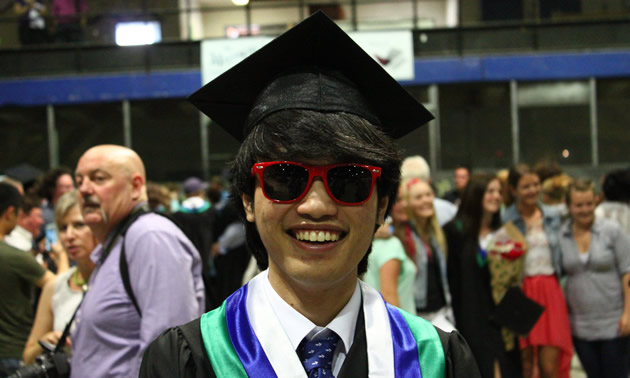
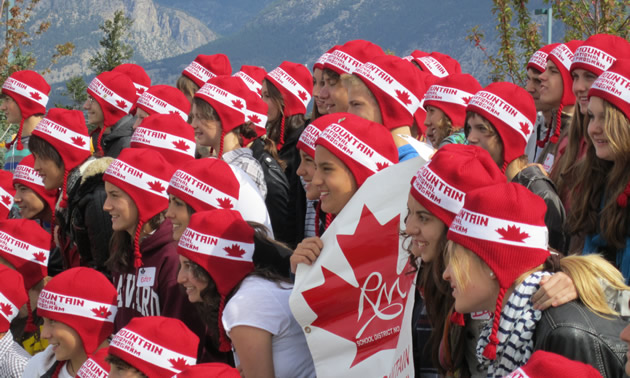

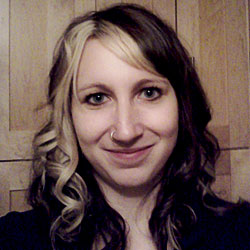
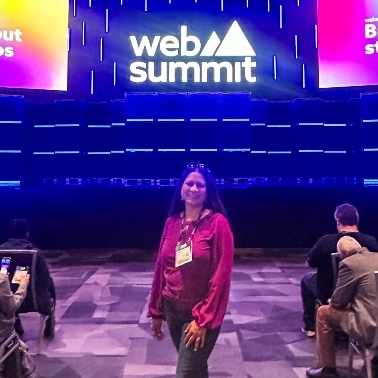
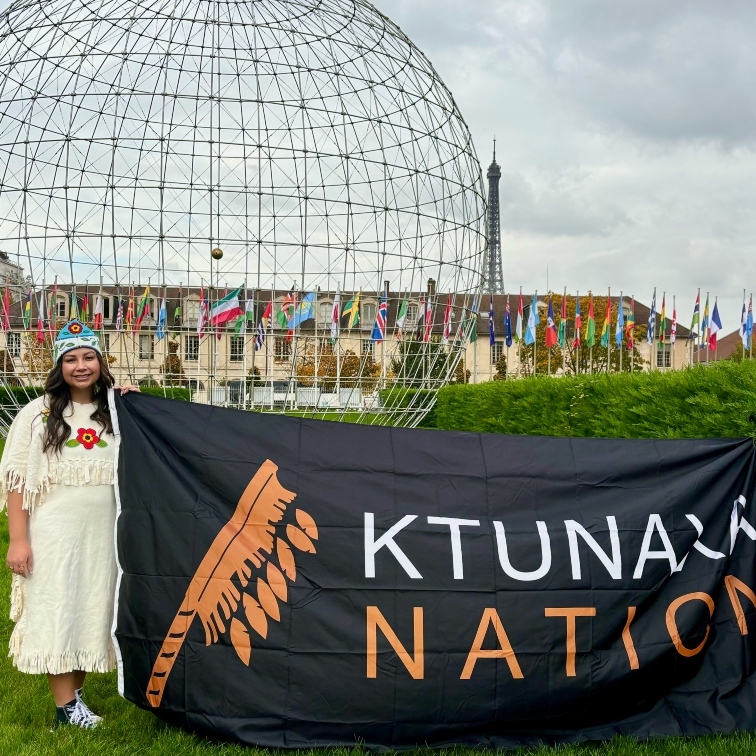
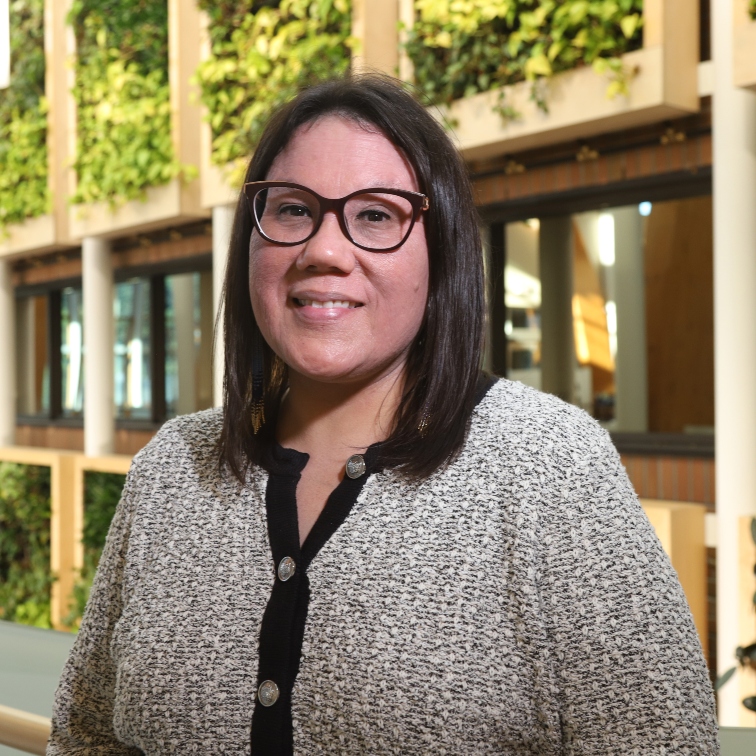

Comments